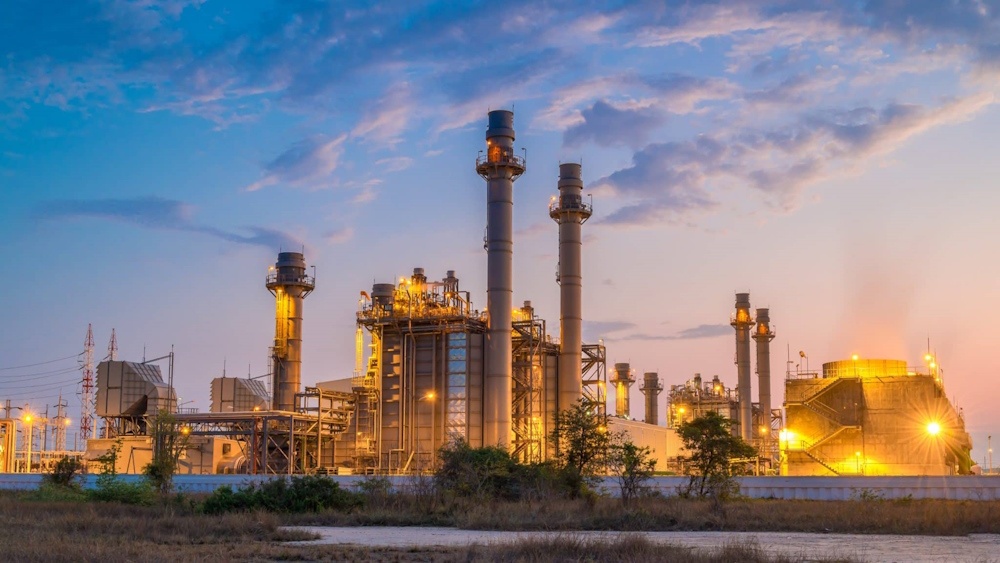
U.S. natural gas futures have retraced a portion of the gains observed yesterday, which were influenced by weather conditions, yet they remain above the $4 threshold that was regained last week. Recent short-term projections have increased, yet the persistence of cold conditions through the weekend is expected to stimulate some late-season heating requirements. According to Dennis Kissler of BOK Financial, natural gas prices typically decline seasonally until mid-April, after which they tend to rise again from late April into May. However, the recent cold wave is expected to have a significant impact on this trend. The front month on the Nymex has declined by 1.6%, now standing at $4.054 per million British thermal units.
At the conclusion of March, data from Argus Media indicated a notable contraction in the spread between summer and winter European gas contracts. As of March 31, the TTF summer 2025 contract was priced at a premium of 0.0750 euros per megawatt hour over the 2025-26 winter contract, marking a notable contraction from the 2-euros-per-megawatt-hour differential observed earlier in the month. “Market participants are increasingly incorporating the probability that EU storage levels will not reach the 90% threshold by early November,” states Natasha Fielding, head of European gas pricing. “This situation is effectively reallocating risk from the summer months to the upcoming winter; rather than experiencing robust summer demand for gas restocking, we could encounter a more constrained winter market characterized by a diminished storage buffer.” The benchmark TTF contract is currently trading at 41.66 euros per megawatt hour, reflecting an increase of 2.4%.
In the initial stages of trading, European natural-gas prices have experienced a slight decline, coinciding with the onset of the storage refill season. The benchmark Dutch TTF contract has decreased by 0.5%, now standing at 40.47 euros per megawatt hour, reflecting a monthly decline of 8.5%. “Recent data indicates that withdrawals from storage have decreased and, in some instances, have turned into injections as Europe transitions out of a cold winter,” states Adnan Dhanani of RBC Capital Markets. The current storage level in the EU stands at 33.7%, with an objective to achieve a 90% capacity by November 1. “Our modeling indicates that Europe is likely to achieve the target by securing a 26% share of the LNG market in the upcoming months,” the analyst states. At present, the demand for LNG in China is subdued, influenced by heightened gas imports from Russia and a persistent rise in domestic gas output.
